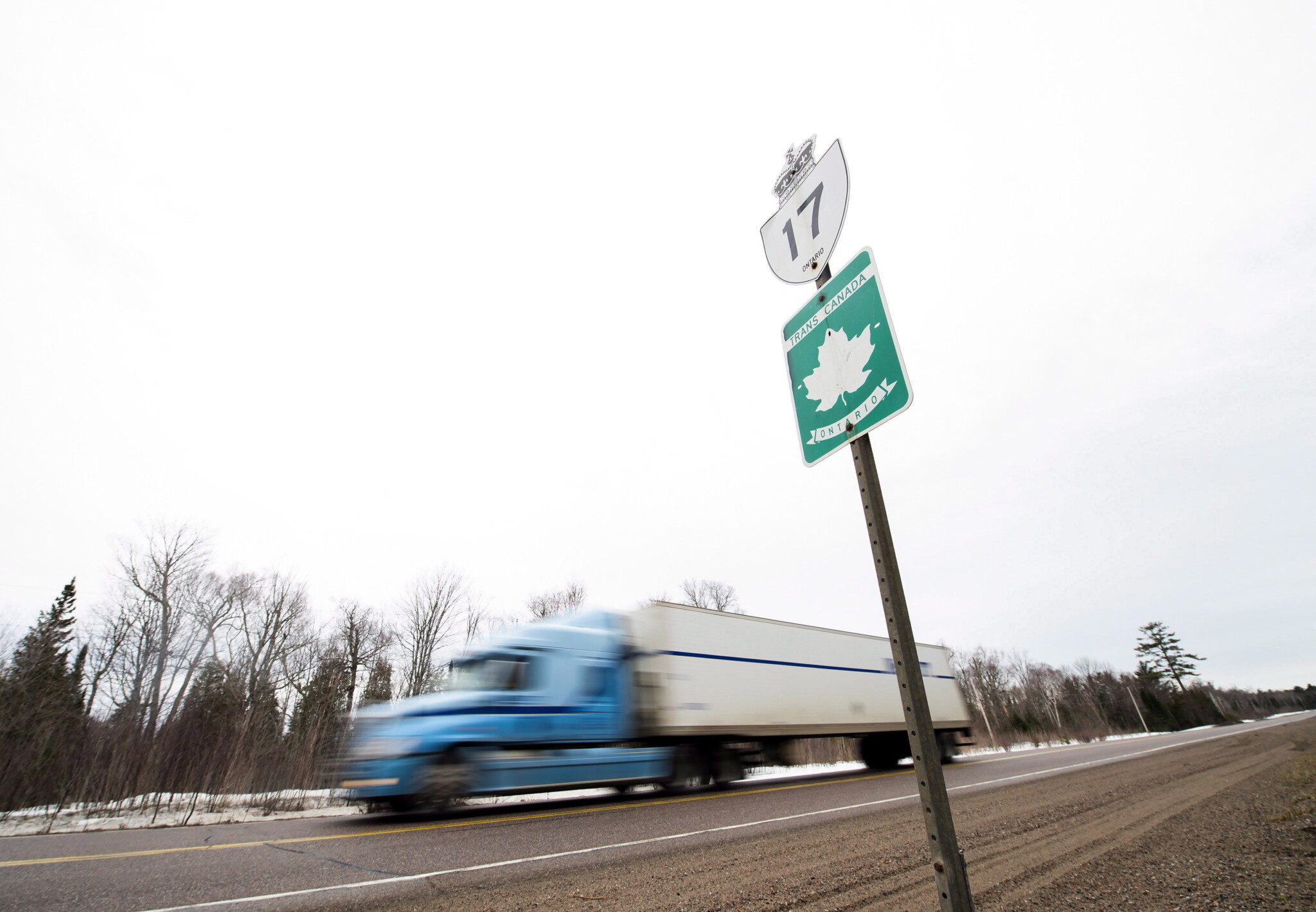In the latest episode of Trump’s Trade War, publisher of The Hub Rudyard Griffiths speaks with Jay Goldberg, Ontario director of the Canadian Taxpayers Federation, about why Canada needs to prioritize ending inter-provincial trade barriers.
To read Jay’s full analysis, click here.
Key Points:
- Internal trade barriers are costly: Canada’s internal trade barriers make it harder for provinces to trade with each other than with foreign countries, stifling economic growth.
- Economic upside of removing barriers: Eliminating internal trade barriers could boost Canada’s GDP by 3 percent to 7 percent, potentially offsetting the impact of Trump’s tariffs and adding over $200 billion annually to the economy.
- Federal leadership needed: The federal government must take a leading role in negotiating interprovincial trade agreements, using financial leverage to bring provinces to the table and push for meaningful reform.
In the latest installment of Trump’s Trade War, Jay Goldberg, Ontario Director of the Canadian Taxpayers Federation, highlighted the urgent need for Canada to address its internal trade barriers as a response to the looming threat of U.S. tariffs. With President Trump’s proposed 25 percent tariffs on steel and aluminum imports, Goldberg argued that Canada must look inward to strengthen its economy by fostering greater interprovincial trade.
Goldberg painted a stark picture of the current state of internal trade in Canada, describing it as far from free or fair. “Essentially, it’s easier for most Canadian provinces to trade with a couple dozen different countries through our free trade agreements than it is to trade with each other,” he said. Despite technically having internal free trade, over 400 regulatory barriers make it difficult for provinces to trade with one another, stifling economic growth and innovation.
The discussion centered on the potential economic benefits of removing these barriers. Goldberg cited studies showing that eliminating internal trade restrictions could boost Canada’s GDP by 3 percent to 7 percent, potentially offsetting the negative impact of Trump’s tariffs. “The upside to the national economy is so great, the upside to every province’s economy is so great through tearing these internal barriers down,” Goldberg emphasized. He pointed out that the International Monetary Fund (IMF) estimates Canada’s economy could grow by more than $200 billion annually if these barriers were removed.
One such study includes a MacDonald-Laurier Institute report, which underscores the significant economic costs of internal trade barriers in Canada. The report estimate that these barriers reduce Canada’s real GDP by 3.2 percent to 7.3 percent, with trade costs ranging from 7 percent to 19 percent depending on the sector. Additionally, previous trade agreements, such as the Trade, Investment and Labour Mobility Agreement (TILMA) and New West Partnership Trade Agreement (NWPTA), have shown that policy changes can reduce internal trade barriers by 1 percent to 4 percent, demonstrating the potential for meaningful improvement through interprovincial cooperation.
Goldberg also addressed the challenges of achieving true internal free trade, noting the complexity of negotiating agreements among 13 provincial and territorial governments, each with its own vested interests. “You have a lot more players at the table when you’re trying to negotiate this than you do when you’re just negotiating a bilateral free trade deal with another country,” he explained. He suggested that the federal government could play a crucial role by leveraging its financial influence over the provinces to push for meaningful reform.
The conversation concluded with a call for immediate action. Goldberg proposed that a First Ministers’ Meeting, led by the federal government, could be the key to breaking the deadlock. “It definitely is going to take leadership from the federal government to actually get all the premiers, get all the provinces in the same room,” he said. He expressed hope that the urgency of the situation, combined with the potential economic benefits, would motivate politicians to act swiftly.
Generative AI assisted in the production of this story. If you are quoting from or referencing this episode, please refer to the audio to verify.








